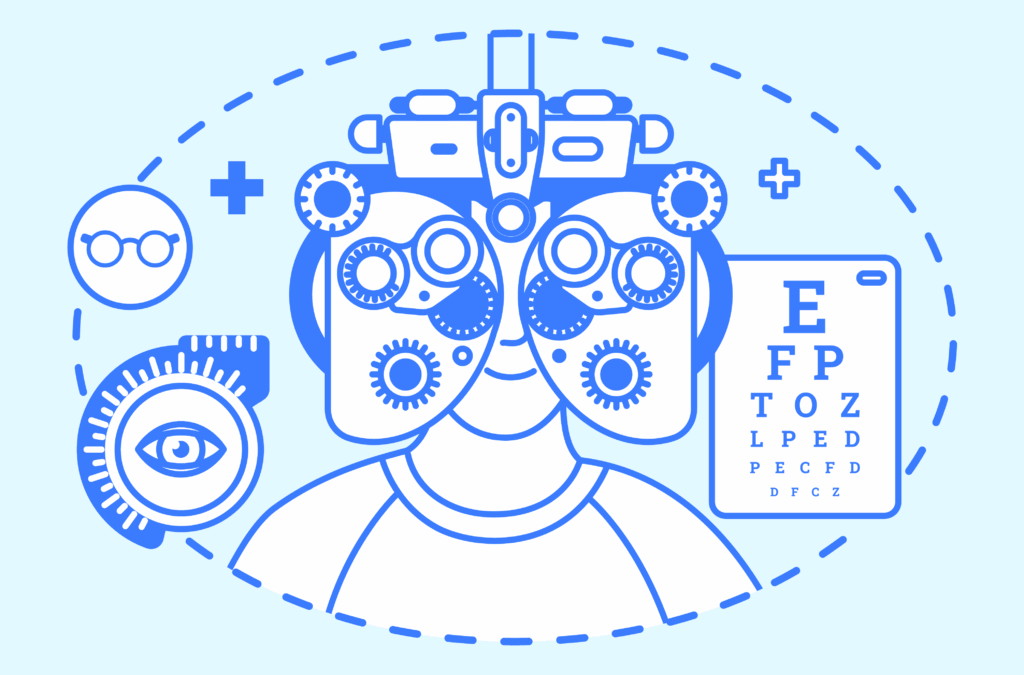
Modeling Health Disparities

Health isn’t just about medical treatment. Aon’s interactive Health Disparity Assessment considers social, economic and other factors to help employers identify who is at risk and where health disparities arise within the workforce.
Dai: The social determinants health metric that we are using in our Health Disparity Assessment is called the Area Deprivation Index, which basically ranks U.S. neighborhoods based on income, education, employment level and housing quality. With the Area Deprivation Index, we layer on an employer’s workforce, looking at their demographic information, so that includes age, gender and their home ZIP codes. We also use our own claims data set and the predictive models that we built on top of that to make sense of that data.
Medical cost is one aspect of what we look at, but the key of this analysis is to see the disparity in different areas to figure out what’s contributing to the cost. For example, in high ADI [Area Deprivation Index] areas, we’ve found that the utilization for preventive care and primary care services is actually lower. While the cost may be lower in areas of high deprivation, it’s not necessarily getting people to use more of the primary or preventive services before they have to go to the ER.
MacConnell: Our DEI Opportunity Analysis identifies strengths and gaps in benefits policies by reviewing employer programs for DEI sensitivity. We identify changes that could be made to align with emerging trends in the space and provide recommendations for short-term and long-term actions that can make programs more inclusive or to remove biases.
The Engagement Analysis is designed to evaluate the extent to which different segments of the population are deriving value from the programs that an employer offers. For instance, if an employer offers a rich well-being incentive program, you can gain interesting insights when you evaluate the segments that are receiving the incentive programs. If there is disparity in use of the program, this can highlight the need for an employer to revise the program delivery or communication.
The final is the deep dive on benefit design and even vendor selection in specific categories such as family-building benefits, gender affirmation services, and access to culturally sensitive and clinically competent providers.




